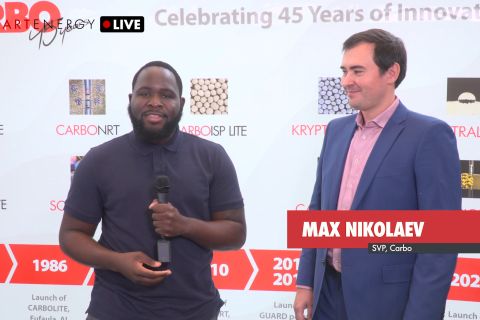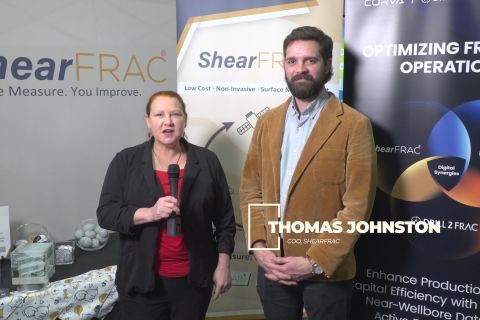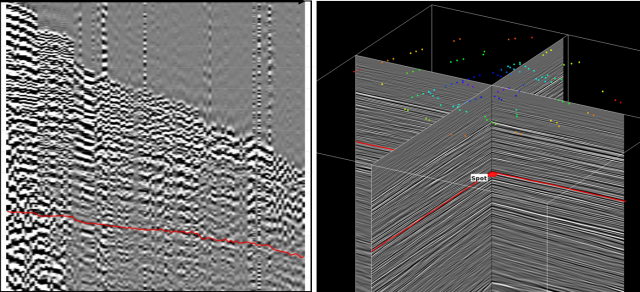
(Source: SpotLight Earth)
The growing complexity and expense of deeper exploration have heightened the importance of advanced reservoir management tools in the oil and gas industry. Traditional 4D seismic techniques have proven efficient in modeling reservoir characteristics since the early 2000s, but the future calls for improvements to subsurface monitoring to further de-risk drilling.
French geoscience startup SpotLight Earth is driving this development with its proprietary single source, single receiver seismic monitoring technology SpotDetection. CEO Habib Al Khatib formed the company in 2017, following 12 years as an innovation portfolio manager at geophysical services and software provider CGG SA.
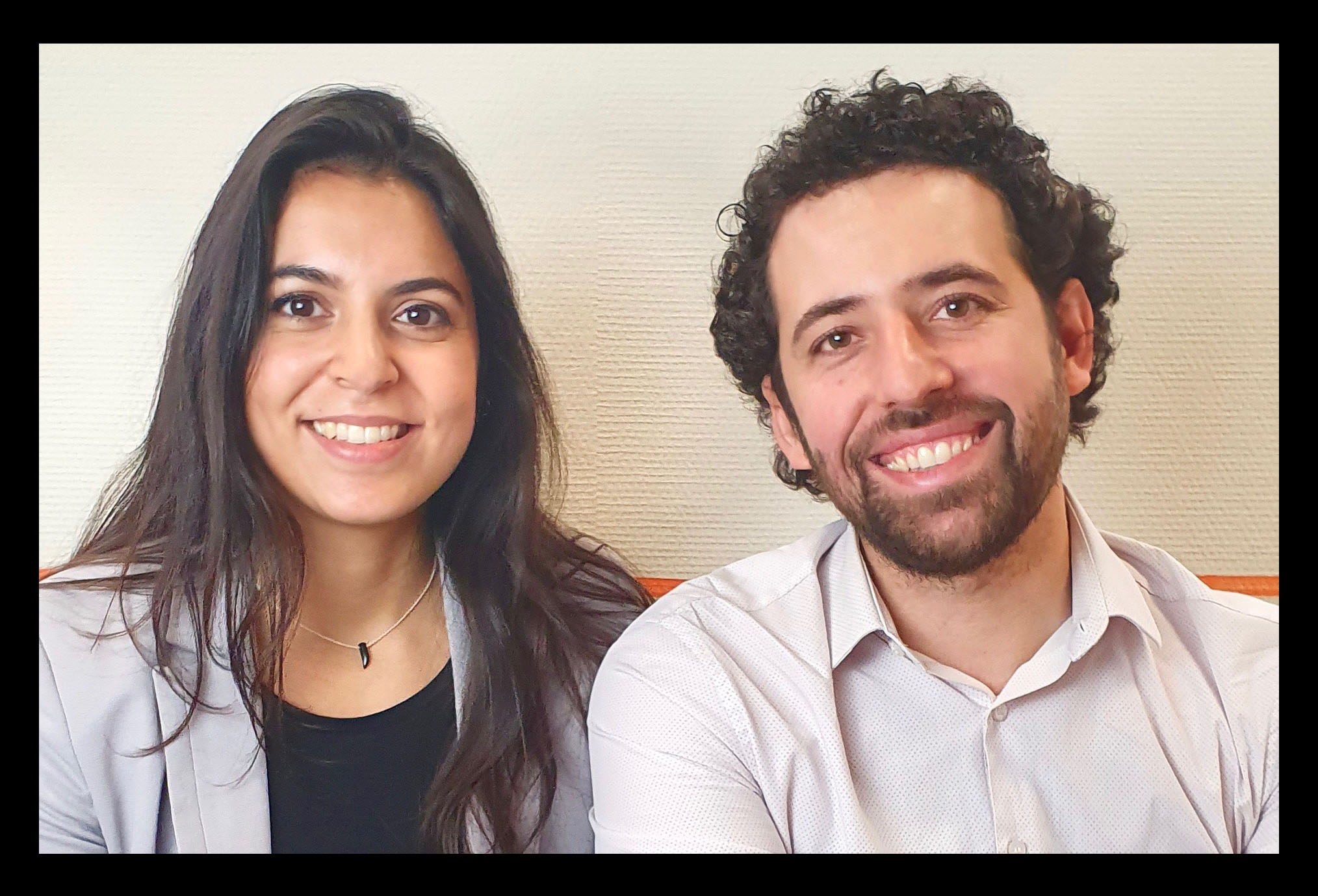
Leveraging his experience at CGG, Al Khatib shifted his focus to creating a cost-effective real-time detection system that avoids subsurface environmental impact while unlocking the possibility of accurate monitoring for a wide range of applications including oil and gas, nuclear storage and more.
On April 19, the startup received backing by Oman-based venture capital firm Phaze Ventures. Led by CEO and Co-founder Abdullah Al-Shaksy, the firm focuses on investing in disruptive technology companies with the mission of transforming traditional industries. The deal with SpotLight marks the firm’s seventh investment since inception in October 2018.
In an exclusive interview with Hart Energy, Al Khatib and Al-Shaksy shared insight into the inner-workings of both SpotLight’s technology and the partnership.
HE: What prompted Phaze Ventures' interest to invest in SpotLight?
Al-Shaksy: SpotLight’s technology marks a tremendous step forward in industries’ ability to monitor and prevent subsurface environmental impact in a non-invasive and cost-effective manner. This sort of innovation is precisely what Phaze Ventures was founded to support. We exist to uncover the companies with both the technical ability and commercial potential to make a real difference to traditional industries, and give them access to the network, support and opportunities they need to succeed. SpotLight is a perfect example.
HE: How does the seismic monitoring solution work? Also, what will its impact be on the oil and gas industry?
Al Khatib: Real-time monitoring of subsurface dynamics could be a game-changer for operators, but too often the cost can prove prohibitive. But, SpotLight’s solution changes this. The first solution requiring just a single seismic source and receiver, it has the potential to totally transform the way the oil and gas sector thinks about and undertakes seismic monitoring.
Instead of repeatedly surveying an entire reservoir using invasive testing and/or resource-intensive solutions at great expense, the SpotLight solution is designed to focus on strategic subsurface areas—known as spots—and provides dynamic detection of changes in pressure, fluid substitution, temperature, constraints and more. So, it helps support early production decisions and for the first time, makes this work affordable for operators.
For the first time, companies will be able to carry out seismic monitoring in an accurate and affordable way, which makes it accessible across the board. Widespread adoption of monitoring would provide a clearer picture of the rock earlier on so bad decisions can be avoided—both saving money and minimizing environmental risk.
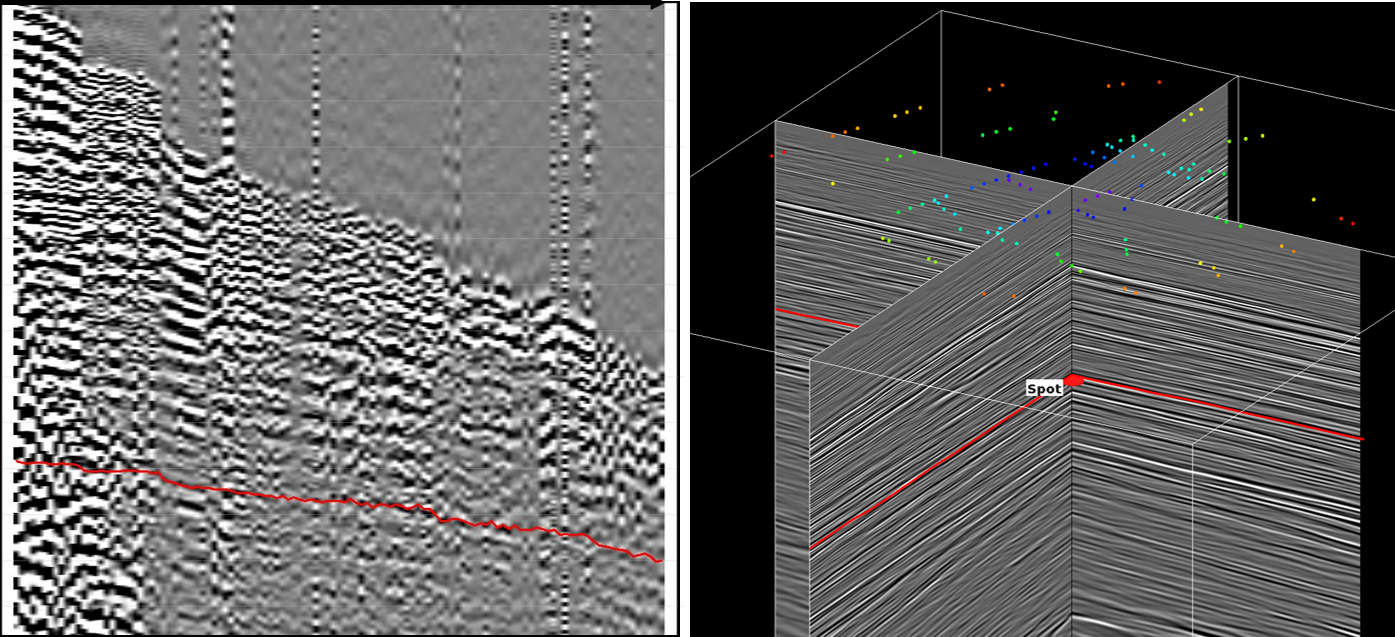
HE: How is the solution an improvement from current practices used for subsurface detection?
Al Khatib: We are proposing a ‘frugal’ approach in a complex environment. To be provocative, I can say that our solution is an “innovative downgrade” of current practices used for subsurface detection. Pushed by decent oil and gas prices in the last years, recent practices have strived toward more and more complex, and expensive, solutions. Seismically speaking, the industry has chosen to acquire more km² [square kilometers] of images with higher resolution and more frequent images updates. This implies installing millions of source/receiver couples onshore or offshore with a high cost associated to it, not mentioning the operational and environmental burden.
Rather than complexity, we propose to focus the detection of subsurface changes only where it matters the most. SpotLight is the first solution of its kind that can focus detection on critical zones with only one surface seismic source and one receiver, where subsurface activity is not well understood. This might compromise production or the overall integrity of a reservoir. The solution’s power and accuracy come from survey design and data processing rather than extensive deployment of top-side equipment. It makes the technology both cost effective and non-invasive, with minimal environmental impact and no risk of downhole failure or halting production. In a low-price environment, a ‘frugal’ solution is a must-have for subsurface detection.
HE: What are the primary problems the technology targets and resolves in the subsurface environment?
Al Khatib: Our solution targets critical production uncertainties that could affect safety and/or oil and gas field operations. We can help solve problems such as: ‘where is my steam front? Is this fault permeable or not? Is this channel active? Is my caprock stable? Is my injection front moving too fast?’ In some situations, these questions could be worth millions of dollars.
The solution also targets the issue of seismic monitoring being too expensive or challenging to get accurate results in real-time. SpotLight’s technology can not only overcome this, but can provide a complete picture of the subsurface area that has ever been on offered before at a reduced cost—providing essential real-time data so companies can adapt their operations when required.
If you prefer, SpotLight could be seen as an underground alarm system that could be supplementary to the existing monitoring technologies, including seismic.
We are also targeting a topical issue; we help maintain subsurface monitoring in an ultra-low price environment with our affordable solution.
HE: What is behind Phaze Ventures’ focus on investments into disruptive technology particularly in traditional industries? Why is that important to the firm?
Al-Shaksy: I think venture capital has understandably shied away from industries that have long resisted dramatic disruption, especially in our very early regional ecosystem. However, we are seeing an inflection point in some of these key industries such as energy and logistics. The willingness to adopt new technologies, and the innovation we are seeing to solve critical challenges facing these industries is only accelerating—and we want to be a part of that.
We are proud to play a role facilitating the scaling up of technologies that will make such a profound difference over the course of the next decade and beyond.
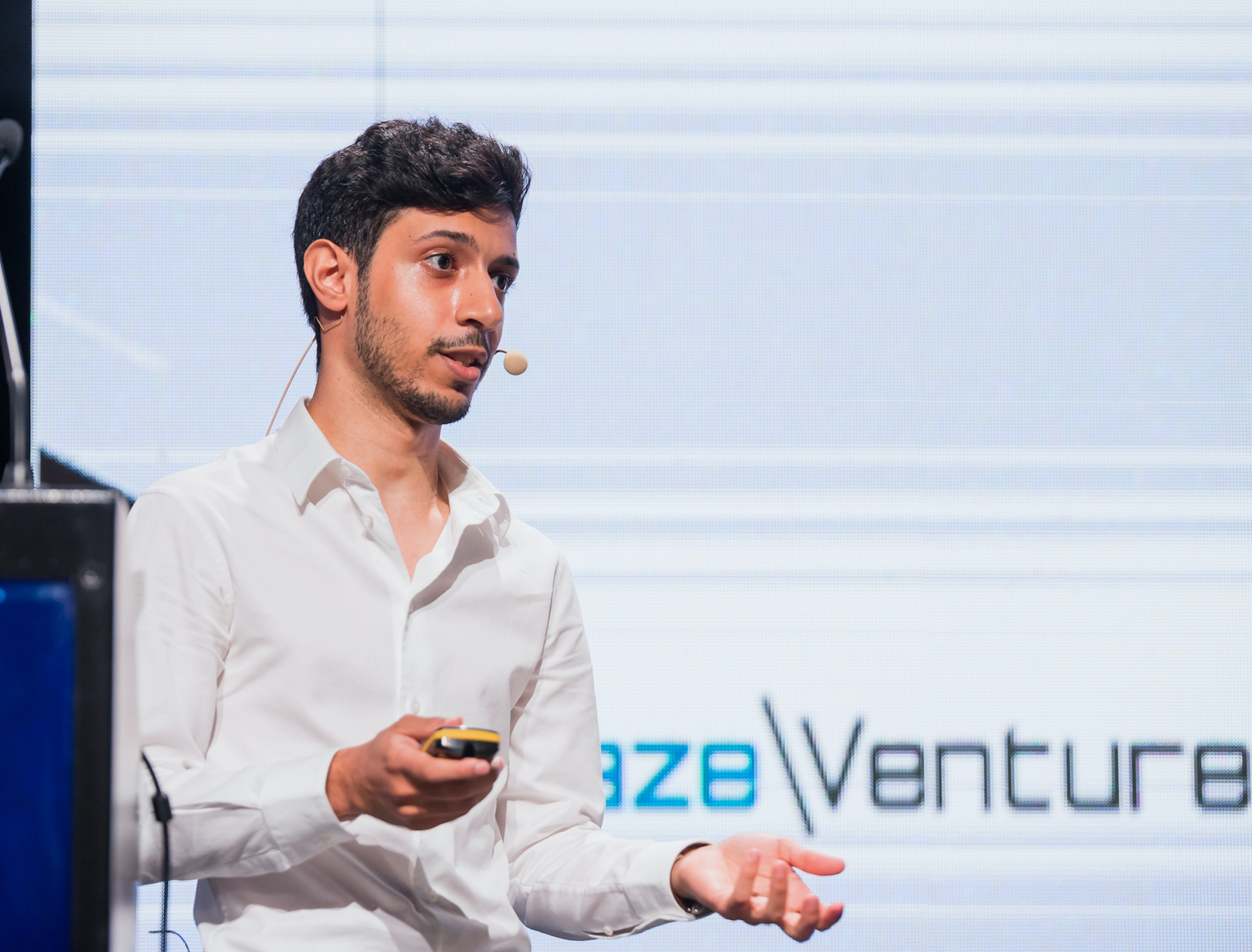
HE: How did Petroleum Development Oman get involved in SpotLight? What are they doing with the technology?
Al-Shaksy: Through our startup acceleration partnership with Petroleum Development Oman (PDO), SpotLight was identified as a promising pilot. In November 2019, SpotLight was accepted into the program, and by January 2020 they had begun work on a pilot with PDO in the Qarn Alam fields.
PDO is using the technology to identify spots for seismic measurement, marking the first attempt at single source 4D measurements in the region. The pilot, which is expected to deliver results in May, is designed to demonstrate the technology as well as its commercial effectiveness, providing PDO with low cost, high impact data on eliminating unproductive or inefficient new wells in the field, and consequently save the predicted millions in capex on a well.
The Qarn Alam field is a high-risk steam EOR field, with a critical requirement to track steam performance. SpotLight focuses its active seismic measurement to several areas of the subsurface “Spots,” in order to validate or invalidate early enough production scenarios and take better production decisions.
On Qarn Alam, a total of 12 Spots were identified: 10 spots to track steam performance, two for caprock integrity.
HE: Can SpotLight’s technology help cut costs for oil and gas operators, even in this price environment?
Al Khatib: Our solution adds value all along the life of the field: from the start of production to tertiary recovery and field decommissioning. Each time there is a need to decrease the risks and uncertainties, SpotLight is here to address the question.
Data acquisition for SpotLight can be performed using little standard hardware and equipment, meaning rapid deployment with no additional capex required. SpotLight’s technology can immediately be used to provide low-cost, high impact data for enhanced oil recovery allowing optimization. Furthermore, by enabling continuous monitoring at an effective cost, the technology can be used even in today’s ultra-low oil price environment. It represents a unique alternative to still overcome production uncertainties and without overspending cash. For producers like PDO, this means reduced environmental impact and the potential of millions of dollars in savings.
HE: Considering the spotlight on Environmental, Social and Governance (ESG) in the industry right now, is the technology environmentally sound?
Al Khatib: In seismic, one source and one receiver allow you to record a “seismic trace”, where a 3D image requires millions of traces to be acquired. We like to say that we only need one trace, which is the only trace we will leave as a footprint to the environment. So, yes, SpotLight is by design an environmentally friendly solution.
Furthermore, the use of SpotLight ensures more efficient production—making operations less energy-consuming, resulting in a reduction in total emissions over the course of the field lifespan.
Not only does it use less intrusive methods of monitoring and inspection than before, but it also enables a more widespread use of monitoring, which will protect the environment as better and more accurate decisions will be made.
Lastly, the cost-effectiveness of our solution makes it affordable to greener applications like geothermal energy CO₂ sequestration. Oil and gas professionals are experts of subsurface (not just oil and gas), and I believe it is our role to make our knowledge and experience available to other stakeholders. SpotLight gives a concrete example of that.
HE: Assuming the pilot goes well, what is the next phase for the technology? Are there plans to build on technology?
Al Khatib: The next phase of the pilot is to go for full field monitoring to deliver value to our clients by supporting “critical” production decisions. This pilot is the first trial we have with carbonate reservoirs, a common and seismically challenging geology in the GCC [regional political organization comprising the energy-rich Gulf monarchies—Bahrain, Kuwait, Oman, Qatar, Saudi Arabia, and the UAE]. Steam monitoring is a favorable environment for our technology, so, all in all, it is the best use case to start with. Yet the capability of our technology is broader than just steam monitoring.
We believe we can monitor frac jobs, fluid substitution, fault permeability, connectivity, etc. With its low cost and short-term ROI [return on investment] focused on producing fields, I am convinced that our technology will be applicable and tested in other areas. This includes offshore environment where our innovative operational model makes it, even more, cost-effective compared to conventional solutions.
An offshore demonstrator of our technology is also an important milestone of our development. Looking further, integration with existing “live” subsurface measures like wells information and predictive models, will be key to integrate our detection alarm system into a traffic light alarm system, aggregating many different measurements. AI will have a central role to play in it and SpotLight is already going in this direction.
Recommended Reading
Tech Trends: Halliburton’s Carbon Capturing Cement Solution
2024-02-20 - Halliburton’s new CorrosaLock cement solution provides chemical resistance to CO2 and minimizes the impact of cyclic loading on the cement barrier.
Exclusive: Carbo Sees Strong Future Amid Changing Energy Landscape
2024-03-15 - As Carbo Ceramics celebrates its 45th anniversary as a solutions provider, Senior Vice President Max Nikolaev details the company's five year plan and how it is handling the changing energy landscape in this Hart Energy Exclusive.
The Need for Speed in Oil, Gas Operations
2024-03-22 - NobleAI uses “science-based AI” to improve operator decision making and speed up oil and gas developments.
ShearFRAC, Drill2Frac, Corva Collaborating on Fracs
2024-03-05 - Collaboration aims to standardize decision-making for frac operations.
Chevron Hunts Upside for Oil Recovery, D&C Savings with Permian Pilots
2024-02-06 - New techniques and technologies being piloted by Chevron in the Permian Basin are improving drilling and completed cycle times. Executives at the California-based major hope to eventually improve overall resource recovery from its shale portfolio.


